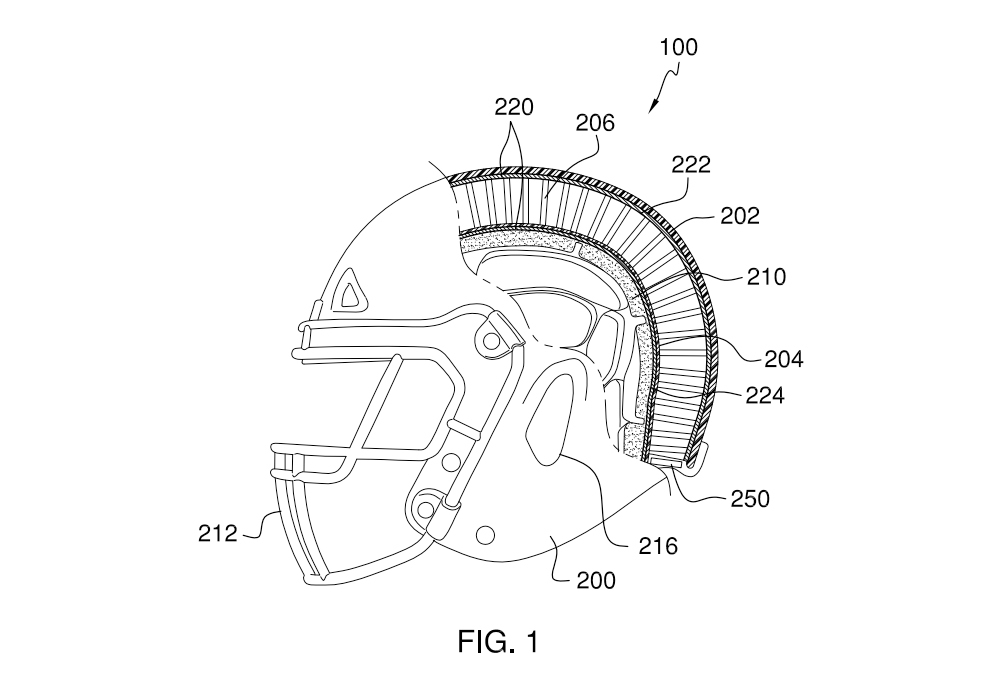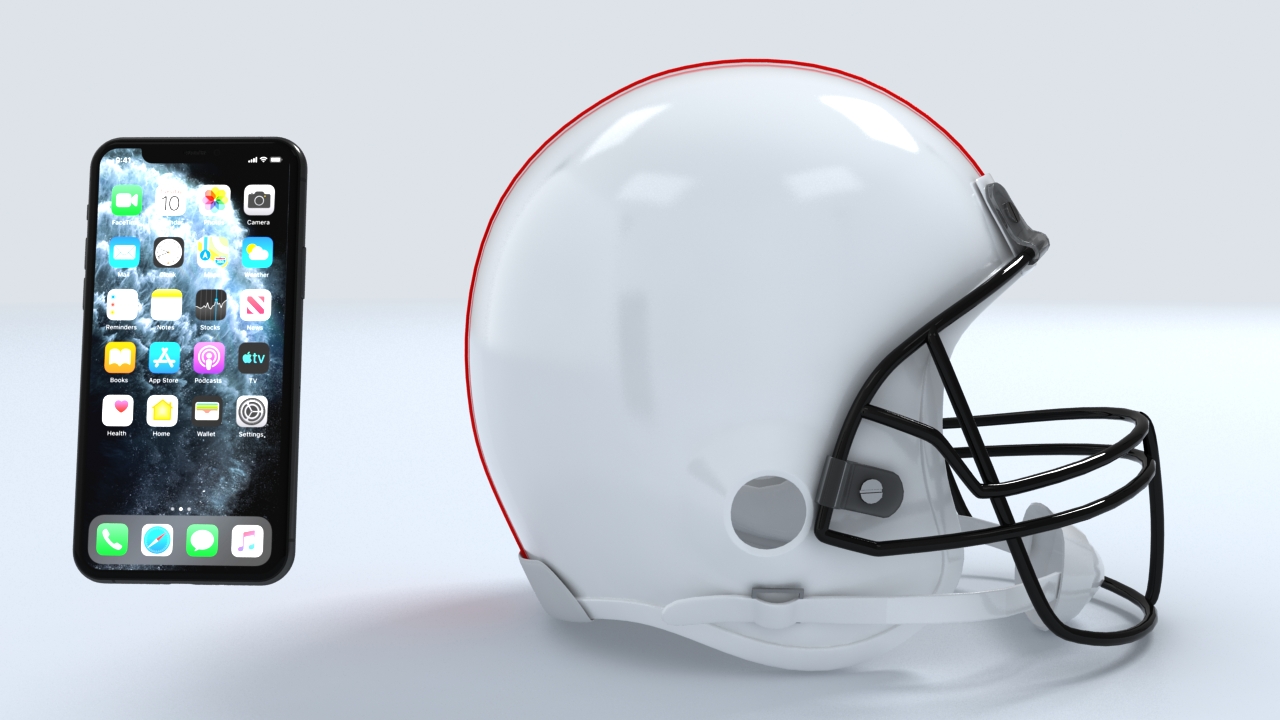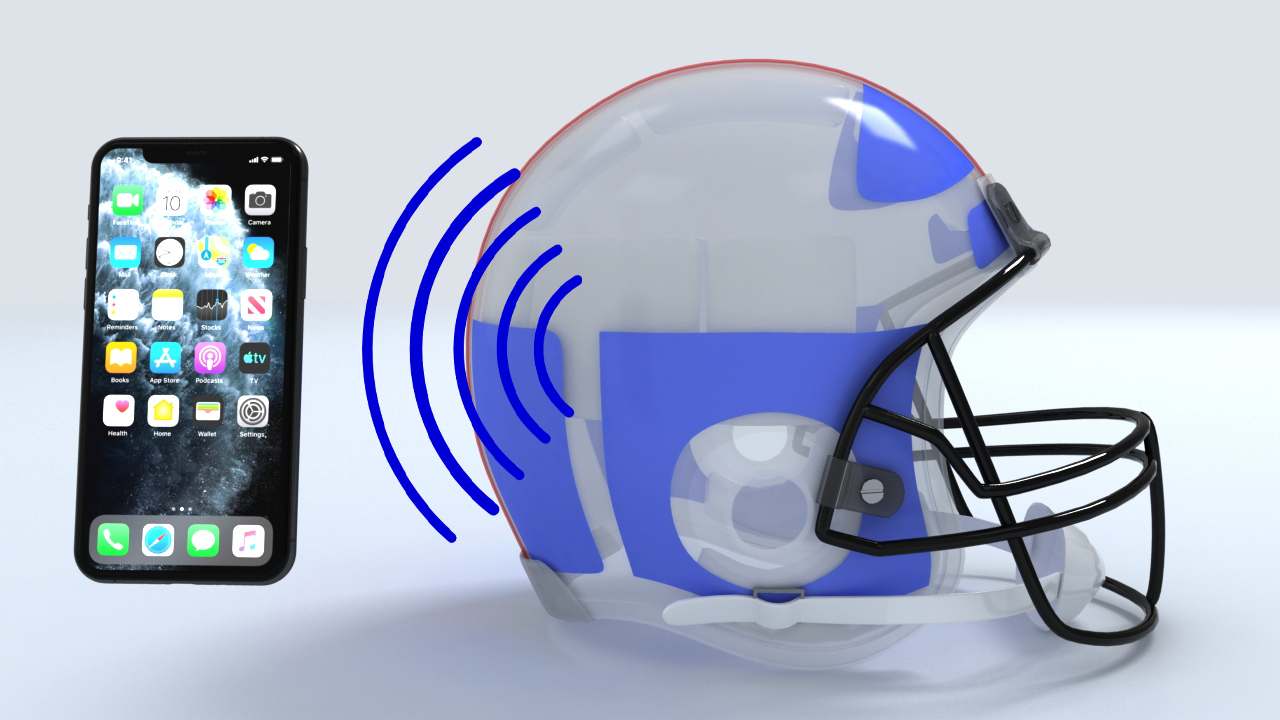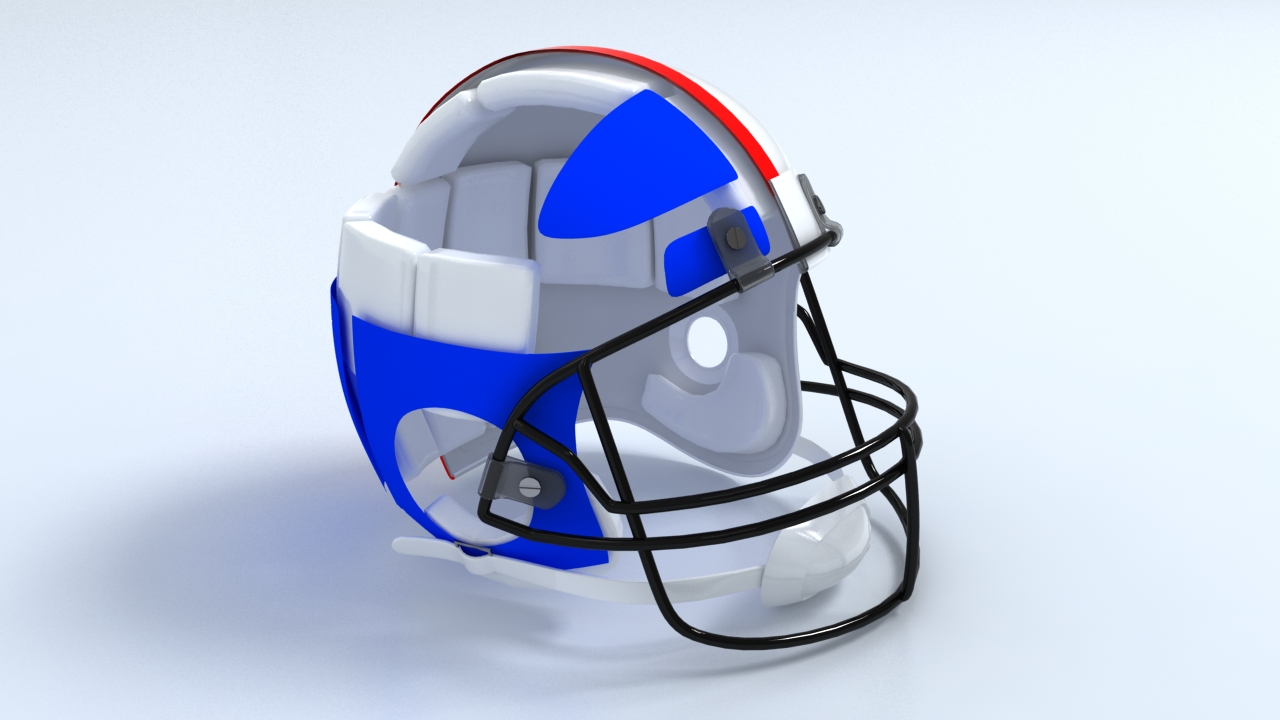Real-Time Concussion Mapping Helmet
Inventor Profile
The inventor Zachary Berry was inspired to invent the “Real-Time Concussion Mapping Helmet” being a high school Varsity football player at Greater Atlanta Christian School and a lifelong fan of the game. His hope in designing the “Real-Time Concussion Mapping Helmet” is to offer a product that will provide added safety, and improved rapid response for concussion protocols.
The inventor passionately feels a sense of pride about this concept and wholeheartedly believes in the positive impact its development will have on individuals, companies, and markets to which it will be promoted.


What Is The Concept
The concept submitted, is a helmet that monitors the head impact received by an athlete during practice or competition in sports where head trauma is common. The inventor Zachary Berry submitted his patent application to the U.S. Patent and Trademark office on November 10, 2020 and has been assigned the patent pending number (17093739).
O’Connor et al (2017) reported in the Journal of Athletic Training that “With an estimated 3.8 million sport- and recreation-related concussions occurring annually, targeted prevention and diagnostic methods are needed. Biomechanical analysis of head impacts may provide quantitative information that can inform both prevention and diagnostic strategies”.
The “Real-Time Concussion Mapping Helmet” will monitor head impact during active practice or play and provide real-time statistical data analysis. The helmet design and associated application have been meticulously thought out to provide an improved response to head impact injury.
How Does It Work?
The inventor Zachary Berry has been designing and documenting this concept since January 2020. Drawings of the invention are contained in U.S. Patent Application 17093739, dated 10 Nov 2020.
As currently designed in the technical drawings and 3-D models, the invention has unique features not presently available in the marketplace. Although the system has not yet been engineered and is still in the 3-D developmental stages, an explanation of the possible functionality is as follows:
The Helmet will consist of industry standard manufacturing with the novel addition of two sets of sensors (primary and secondary) located throughout the helmet between the shock layer and the outer and inner shells.
The helmet has an outer and inner shell with an embedded shock layer of material between them. There is a set of cushioning pads, an optional facemask, a chinstrap, and two sets of sensors (primary and secondary) that measure the location on the helmet and the length and strength of a head impact. A transmitter will also be employed to receive and send sensor measurements to a non-player. It may be located either within the helmet or attached to a device outside the helmet.
The cushioning pads within the helmet, as well as the shock-absorbing layer of material between the inner and outer layers of the helmet, serve to absorb or deflect a helmet impact to minimize the actual impact to a user’s head. The sets of impact sensors within the helmet may be located on the front, top, sides, back and base of the helmet to measure the location, magnitude, duration, velocity and acceleration of all impact to the helmet after the impact has been partly absorbed by the shock-resistant layer and send that information to a transmitter within the helmet. Such sensors could include accelerometers, strain gauges and other transducers. The helmet may also contain a facemask and chinstrap to further deflect or minimize all head-on impact to a user’s head, as well as small openings to allow airflow and improve a player’s hearing.
The helmet design and associated application can also be used to record the time and duration of each impact from the transmitter, calculate the impact’s likely result on head safety, and provide that information via a common device (like a smartphone). Coaches or other staff can then use resulting statistical information received to monitor head impacts experienced and the areas of the head affected by any impact.
The goal is to quickly recognize an impact large enough to cause a concussion as soon as it occurs, warranting the implementation of concussion protocol for an affected player. The system will help ensure earlier deployment of concussion protocols by providing a common series of steps and the order in which they should be taken, and/or by preventing a concussion by allowing coaches to remove players when their cumulative head impact in a practice or game puts them in range of getting a concussion with the next impact.
What Problem(s) Does it Solve?
The unique features of this product provide the following benefits for athletes everywhere.
- Precise mapping of head impacts
- Individual player full game and season tracking data
- Real-time alerts of when dangerous impact thresholds are reached
- Visual representation of impact levels
- Added safety for athletes
Possible Materials For Construction
It appears the helmet can be produced fairly easily, using conventional and readily available materials and manufacturing processes. The helmet can be lightweight and durable.
The inner and outer shells of the helmet could be made from an impact-resistant plastic like ABS or high-density polyethylene. The shock layer between the shells, and the cushioning pads, could be made of thermoplastic urethane (TPU), which appears to be the best current material for absorbing impact.
The sensors that make up the six-zone sensor pad are outfitted with six single-axis accelerometers. These accelerometers along with the transmitter and receiver segments are readily available from other vendors for inclusion in the design.
The application component should be made available for both iOS and Android. This will require additional developmental work with an application developer.
The cost of materials and actual material used will depend on the quantity manufactured and the buyer/licensee of this idea. An introductory retail price and sustaining price will be determined by the quantity manufactured, the actual cost of manufacturing, advertising methods used, and packaging materials employed by the buyer/licensee. The inventor understands that company feedback, especially from knowledgeable sources, is a great way to improve the product for future market potential.
It is important to note:
- Head-impact sensors have limited applications to concussion diagnosis but may provide sideline staff with estimates of athlete exposure and real-time data to monitor players
- Given that concussion risk is influenced by many factors in addition to impact biomechanics, viewing an athlete’s head-impact data may provide context for the clinician working on the sidelines, but impact sensors should not replace clinical judgment.











